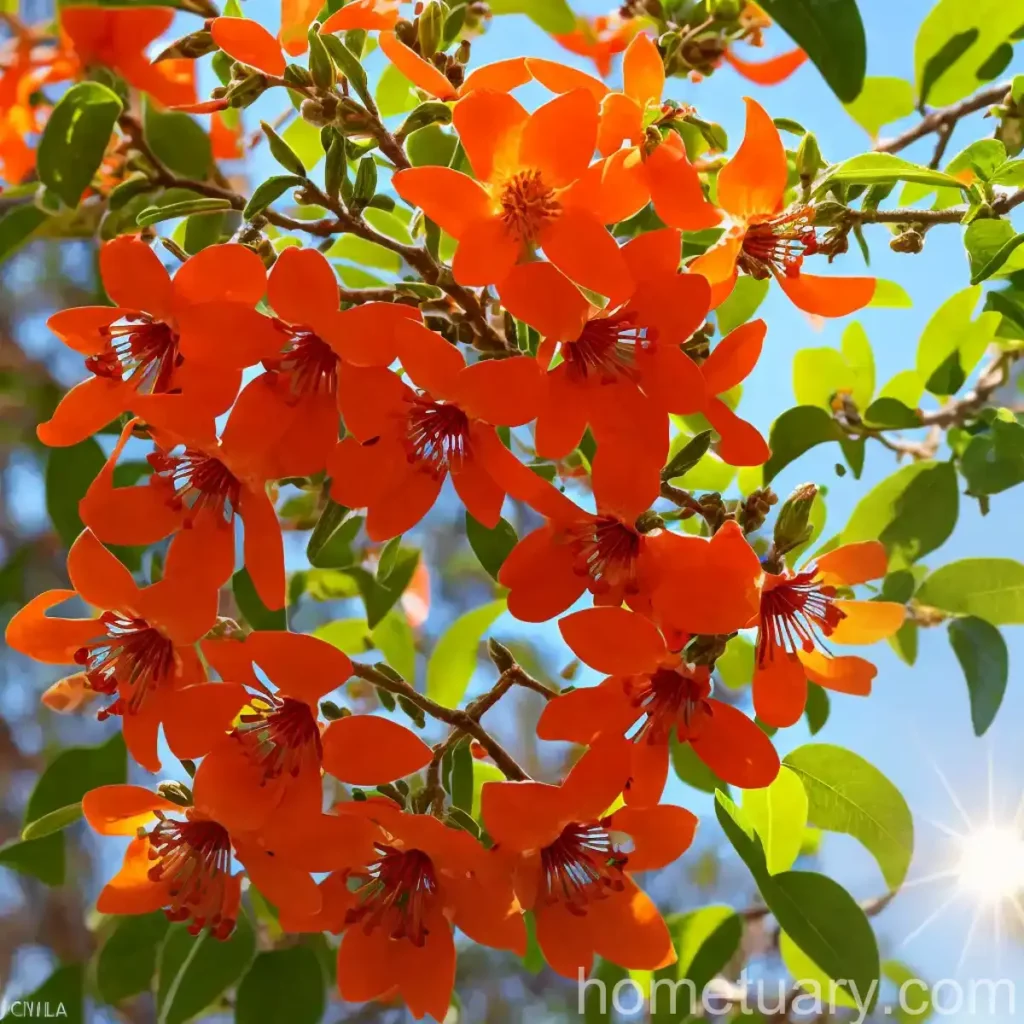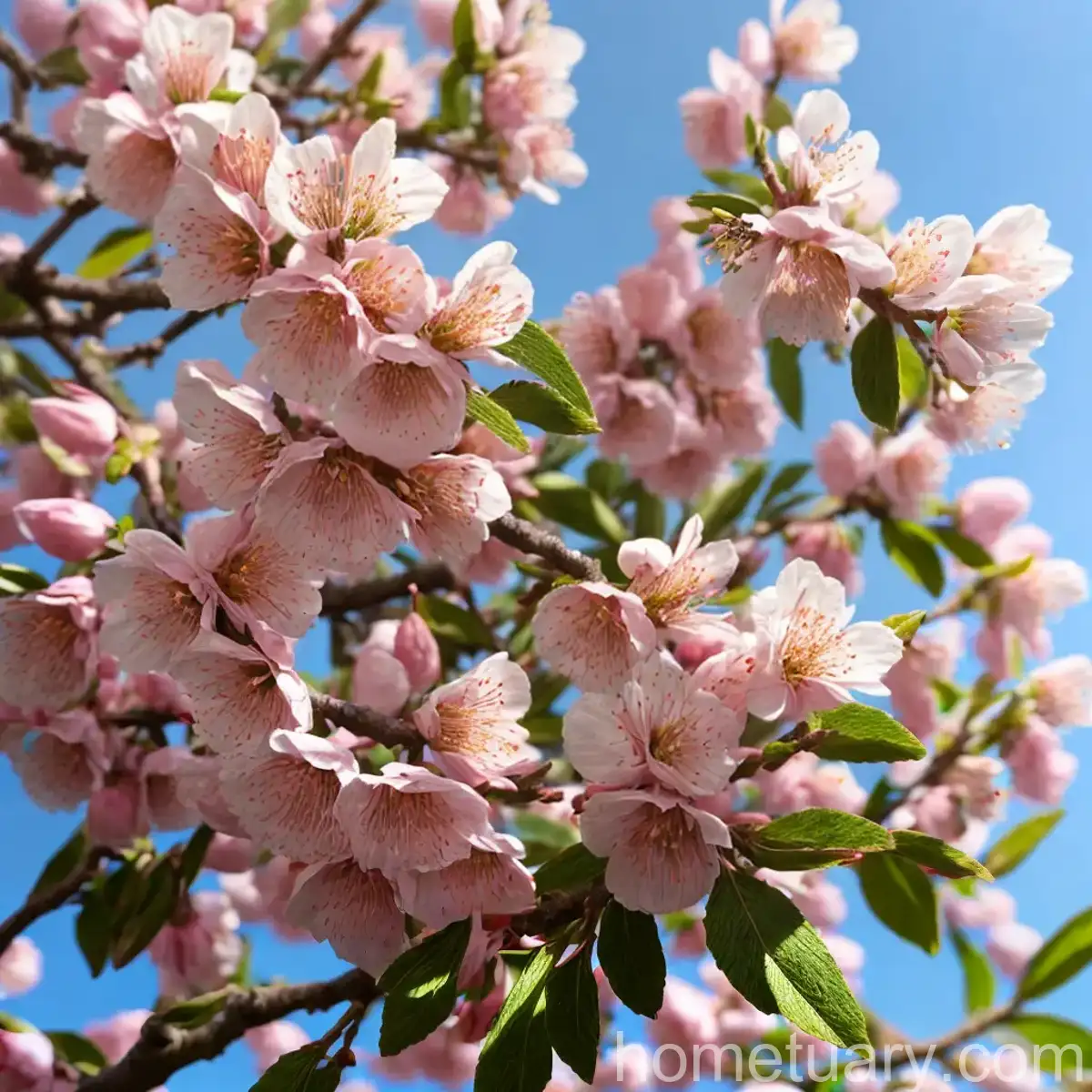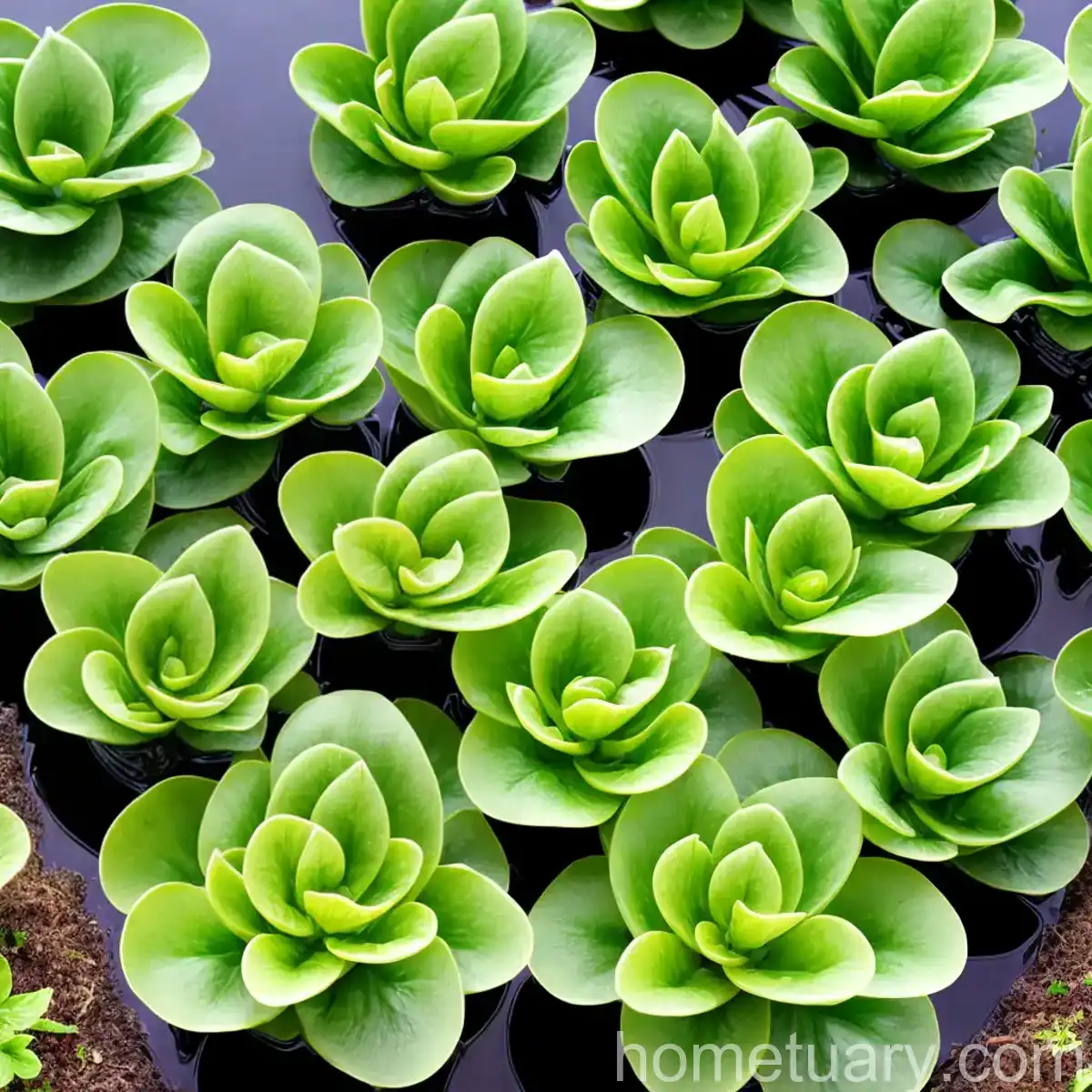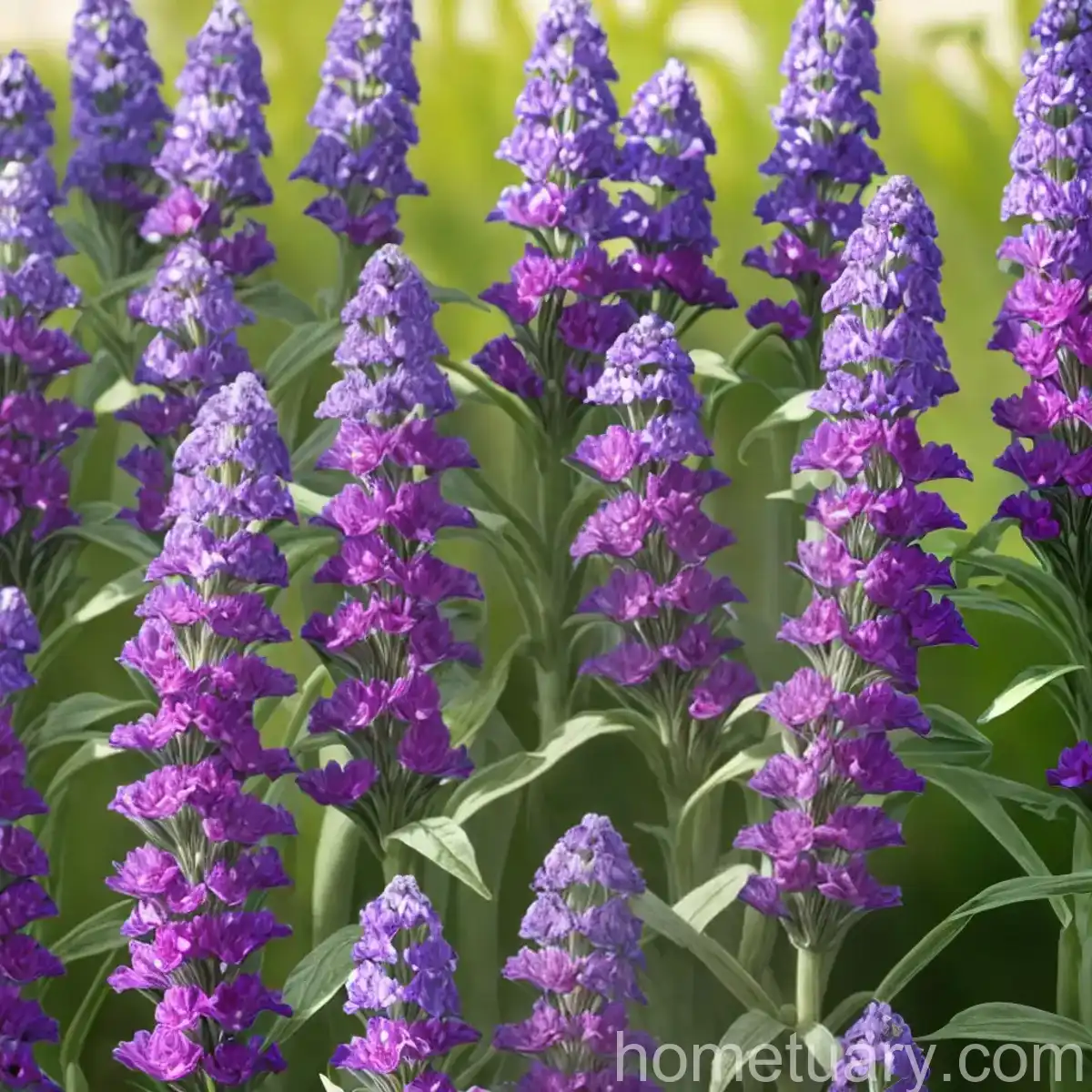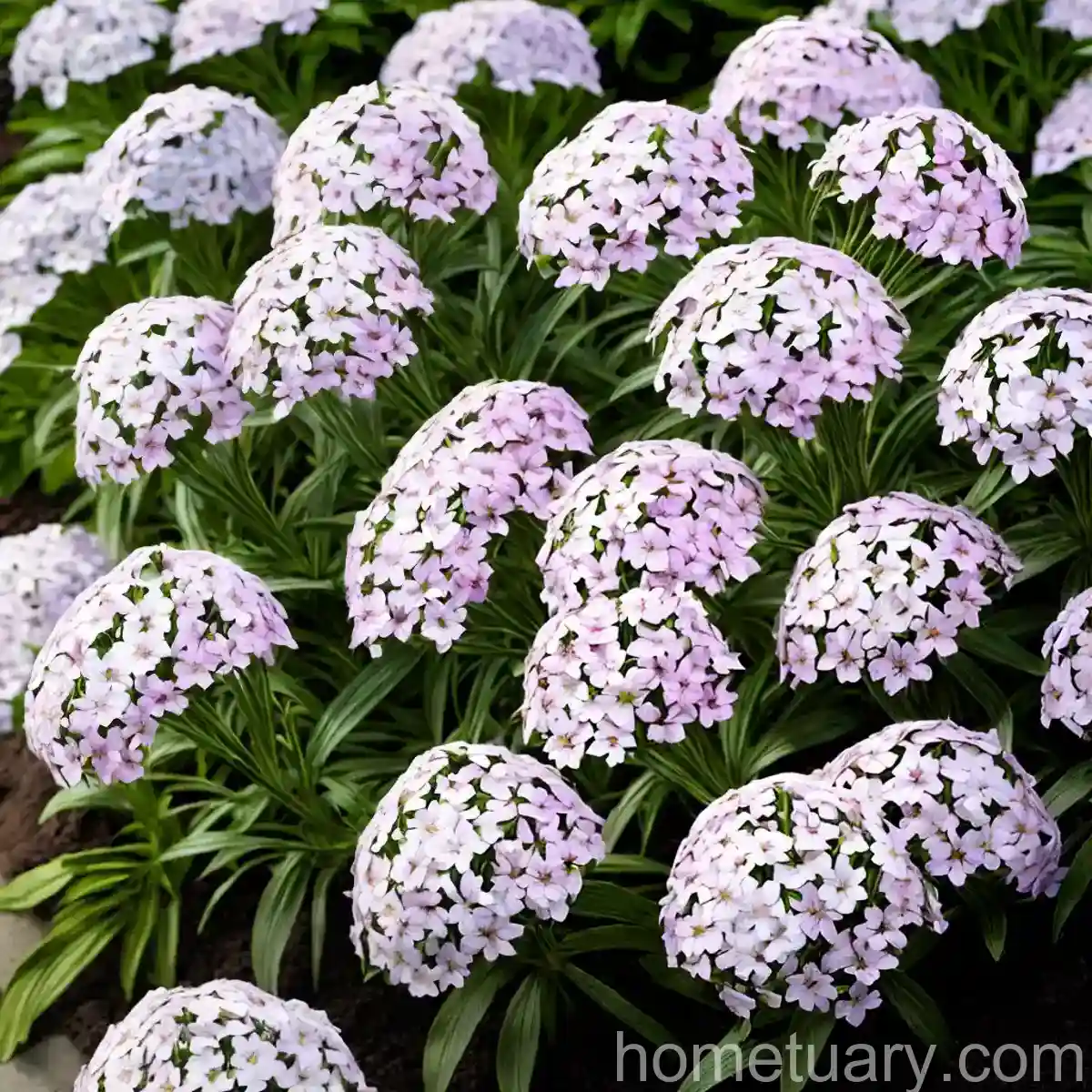Southern Bush Honeysuckle (Diervilla ‘G2X88544’ KODIAK ORANGE): A Comprehensive Guide
Southern bush honeysuckle, scientifically known as Diervilla ‘G2X88544’ KODIAK ORANGE, is a delightful and versatile plant that can bring a burst of color and vibrancy to any garden. This hardy shrub is a favorite among gardeners due to its low maintenance requirements and its ability to thrive in various environmental conditions. In this comprehensive guide, we will explore the various aspects of the southern bush honeysuckle, from its characteristics and care requirements to its uses, propagation, and common issues. Whether you are a seasoned gardener or a novice enthusiast, this guide will provide you with essential insights into the southern bush honeysuckle and how to best care for it in your garden.
What is Southern Bush Honeysuckle?
Southern bush honeysuckle, or Diervilla ‘G2X88544’ KODIAK ORANGE, is a deciduous shrub that belongs to the Caprifoliaceae family. It is native to North America and is known for its striking orange or bronze-colored foliage, making it a visually appealing addition to any landscape. This cultivar is a compact and mound-forming plant, reaching heights of approximately 2-3 feet with an equal spread. Its small size and attractive appearance make it a popular choice for borders, hedges, and mass plantings. The southern bush honeysuckle is characterized by its clusters of tubular, yellow flowers that bloom in the summer and persist into the fall, attracting pollinators such as butterflies and bees.
Key Takeaways – Southern Bush Honeysuckle (Diervilla ‘G2X88544’ KODIAK ORANGE)
Before delving into the specific aspects of caring for southern bush honeysuckle, let’s summarize some key takeaways to set the stage for our comprehensive exploration.
- Southern bush honeysuckle, or Diervilla ‘G2X88544’ KODIAK ORANGE, is a compact deciduous shrub prized for its vibrant orange or bronze foliage and yellow summer flowers.
- This plant is incredibly versatile and can be used for borders, hedges, or mass plantings, adding visual interest to the landscape.
- Southern bush honeysuckle attracts pollinators such as butterflies and bees, contributing to the biodiversity of the garden.
- It is a low-maintenance plant that thrives in various environmental conditions, making it an excellent choice for both experienced and novice gardeners.
Now that we have established an overview of southern bush honeysuckle, let’s delve deeper into its characteristics, care requirements, and various aspects of cultivation.
Southern Bush Honeysuckle Characteristics
Understanding the specific characteristics of the southern bush honeysuckle is crucial for successfully integrating this plant into your garden. Here, we will explore its distinctive features, growth habits, and visual appeal.
Plant Profile
- Botanical Name: Diervilla ‘G2X88544’ KODIAK ORANGE
- Common Name: Southern Bush Honeysuckle
- Family: Caprifoliaceae
- Type: Deciduous shrub
- Mature Height: 2-3 feet
- Mature Spread: 2-3 feet
- Foliage: Orange or bronze
- Flowers: Clusters of tubular, yellow flowers
- Bloom Time: Summer to fall
- Attracts: Butterflies and bees
The compact and mound-forming nature of the southern bush honeysuckle makes it an ideal choice for garden beds, borders, and containers. As we continue, we will explore how to harness the full potential of this plant while ensuring its optimal growth and health.
Southern Bush Honeysuckle Care
To cultivate a thriving and visually stunning southern bush honeysuckle, it is essential to provide proper care and maintenance. This includes considering factors such as water, sunlight, soil, fertilizer, and pruning techniques. Let’s delve into each of these aspects to understand how to best support the growth and vitality of the Diervilla ‘G2X88544’ KODIAK ORANGE.
Water
Watering Needs
Southern bush honeysuckle generally has moderate water needs. During its establishment phase, regular watering is essential to encourage deep root growth and overall plant health. Once established, the plant is relatively drought-tolerant but will benefit from occasional watering during prolonged dry spells, particularly in the summer months.
Watering Tips:
- Ensure that the soil is well-draining to prevent waterlogging, which can lead to root rot.
- Water the plant at the base to avoid wetting the foliage, which can promote fungal diseases.
Sunlight
Sun Exposure
Southern bush honeysuckle thrives in full sun to partial shade. Adequate sunlight is essential for promoting the plant’s vibrant foliage color and encouraging prolific flowering. When selecting a planting location, aim to provide the plant with at least 6 hours of direct sunlight per day for optimal growth and visual appeal.
Sunlight Tips:
- In warmer climates, providing some afternoon shade can help protect the plant from excessive heat and sun exposure.
Fertilizer
Soil Requirements
Southern bush honeysuckle is adaptable to various soil types, including loamy, sandy, or clay soils, as long as they are well-draining. When planting, amending the soil with organic matter can provide essential nutrients and improve soil structure, supporting healthy root development.
Fertilization Tips:
- Apply a balanced, slow-release fertilizer in the spring to provide the plant with necessary nutrients for the growing season.
- Avoid excessive fertilization, as it can lead to excessive foliage growth at the expense of flowering.
Soil
Soil Preferences
Maintaining well-draining soil is crucial for the health and vigor of the southern bush honeysuckle. When planting, ensure that the soil is loose and aerated to promote root development and efficient nutrient uptake.
Soil Tips:
- Consider performing a soil test to assess the pH and nutrient levels of the soil and make any necessary amendments based on the results.
Pruning
Pruning Techniques
Pruning is an essential aspect of southern bush honeysuckle care, helping maintain the plant’s compact shape and encouraging abundant flowering. Prune the plant in late winter or early spring before new growth emerges, removing any dead, damaged, or crossing branches.
Pruning Tips:
- Use sharp, clean pruning tools to make precise cuts and minimize the risk of disease transmission.
- Aim to maintain an open and airy growth habit to improve air circulation and reduce the risk of fungal diseases.
With proper care and attention to these fundamental aspects, you can ensure the successful growth and development of the southern bush honeysuckle in your garden. Now, let’s explore propagation techniques for expanding your southern bush honeysuckle collection.
Propagation
Expanding your southern bush honeysuckle collection through propagation allows you to create new plants from existing ones, providing an opportunity to fill additional areas of your garden with this delightful shrub. There are several methods of propagation that can be employed to propagate Diervilla ‘G2X88544’ KODIAK ORANGE successfully.
Propagation Methods
- Softwood Cuttings:
- When the plant is actively growing in the spring or early summer, take 4-6 inch cuttings from the tips of healthy stems.
- Remove the lower leaves and dip the cut end in rooting hormone before planting in a well-draining potting mix.
-
Provide bottom heat and consistent moisture to encourage root development.
-
Division:
- In the early spring, divide mature southern bush honeysuckle plants by carefully separating the root ball into smaller sections.
- Ensure that each division has several healthy stems and an intact root system before replanting.
Propagation allows you to increase your plant collection while preserving the unique characteristics of the parent plant. With the right techniques and care, you can successfully propagate southern bush honeysuckle to enhance your garden’s visual appeal.
Container Popularity
The adaptability and compact size of southern bush honeysuckle make it a popular choice for container gardening. Whether you have a small balcony or limited outdoor space, incorporating this vibrant shrub into containers can bring a splash of color and foliage to your living environment.
Container Care
When cultivating Diervilla ‘G2X88544’ KODIAK ORANGE in containers, consider the following care recommendations:
- Container Selection:
- Choose a container with adequate drainage holes to prevent waterlogging.
-
Opt for a container that allows for sufficient room for root growth while still fitting within your desired space.
-
Soil and Fertilization:
- Use a well-draining potting mix rich in organic matter to provide essential nutrients and support healthy root development.
-
Fertilize the plant in spring with a balanced, slow-release fertilizer to encourage vibrant foliage and prolific flowering.
-
Sunlight and Watering:
- Place the container in a location that receives at least 6 hours of direct sunlight per day.
- Water the plant regularly, ensuring that excess water can freely drain from the container to prevent waterlogging.
By following these guidelines, you can successfully cultivate southern bush honeysuckle in containers, adding a dynamic and visually appealing element to your outdoor spaces.
Common Diseases and Pests
While the southern bush honeysuckle is generally resilient and low-maintenance, it is still susceptible to certain diseases and pests that can impact its health and vigor. Being aware of these common issues and their potential treatments is essential for maintaining the plant’s overall well-being.
Disease Diagnosis
- Powdery Mildew: This fungal disease presents as a powdery, white substance on the foliage, often accompanied by distorted growth.
-
Treatment: Improve air circulation around the plant and avoid overhead watering to reduce humidity levels. Fungicidal sprays may also be employed for severe cases.
-
Leaf Spot: Leaf spot diseases can manifest as dark, water-soaked lesions on the foliage, leading to premature leaf drop.
- Treatment: Remove and destroy affected leaves and provide adequate airflow and proper spacing to reduce humidity levels.
Common Pests
- Aphids: These tiny, sap-sucking insects can cluster on the undersides of leaves, causing stunted growth and distorted foliage.
-
Control: Use a strong jet of water to dislodge aphids from the plant or employ insecticidal soaps or horticultural oils for severe infestations.
-
Spider Mites: These arachnids can cause stippled, discolored foliage and fine webbing on the plant’s surface.
- Management: Increase humidity levels around the plant and use insecticidal sprays to control spider mite populations.
Being vigilant about monitoring your southern bush honeysuckle for signs of disease and pests and taking prompt action to address any issues will help maintain the plant’s vitality and minimize the impact of these potential threats.
Botanist’s Tips
As a plant scientist, I would like to offer the following tips for successfully cultivating and enjoying southern bush honeysuckle in your garden:
-
Planting Location: When selecting a planting location, aim to provide the southern bush honeysuckle with well-draining soil, ample sunlight, and adequate airflow to promote healthy growth and flowering.
-
Watering Considerations: While the plant is relatively drought-tolerant once established, regular watering during dry spells, particularly in the summer, can support its overall health and vigor.
-
Pruning Best Practices: Prune the plant in late winter or early spring to maintain its shape and encourage abundant flowering, allowing for proper air circulation within the plant.
-
Disease and Pest Monitoring: Regularly inspect your southern bush honeysuckle for signs of disease, such as powdery mildew, and pest infestations, taking proactive measures to address any issues as soon as they arise.
-
Companion Planting: Consider pairing southern bush honeysuckle with other pollinator-friendly plants to create a vibrant and biodiverse garden that attracts beneficial wildlife.
Fun Facts
To further pique your interest in the captivating world of southern bush honeysuckle, here are some intriguing fun facts about this delightful shrub:
- The vibrant orange or bronze foliage of Diervilla ‘G2X88544’ KODIAK ORANGE adds a warm and inviting touch to any landscape, creating a vivid display of color throughout the growing season.
- Southern bush honeysuckle is a favorite among pollinators such as butterflies and bees, contributing to the ecological diversity and vitality of the garden.
- With its compact and mound-forming growth habit, this plant offers versatility in various garden settings, from borders and hedges to container plantings, enhancing visual interest and appeal.
These fun facts provide a glimpse into the unique characteristics and appeal of southern bush honeysuckle, inviting you to explore and appreciate this captivating shrub in your outdoor spaces.
Links to External Resources
To further enrich your knowledge and understanding of southern bush honeysuckle and its care, here are some valuable external resources for additional insights and guidance:
- The Royal Horticultural Society – Diervilla ‘G2X88544’ KODIAK ORANGE
- University of Florida IFAS Extension – Diervilla Species
- Missouri Botanical Garden – Diervilla lonicera
- Clemson Cooperative Extension – Honeysuckle, Diervilla
By exploring these resources, you can gain a deeper understanding of southern bush honeysuckle and access valuable insights from experts in the field of horticulture and botany.
In Conclusion
Southern bush honeysuckle, specifically Diervilla ‘G2X88544’ KODIAK ORANGE, is a captivating and versatile shrub that offers an array of benefits for gardeners and outdoor enthusiasts. With its vibrant foliage, prolific flowering, and low-maintenance nature, this plant has found its place as a beloved addition to landscapes across various regions. By understanding its characteristics, caring for its needs, and appreciating its ecological contributions, you can cultivate a thriving and visually stunning display of southern bush honeysuckle in your garden.
Whether you are seeking to create a vibrant border, a lively container display, or a biodiverse pollinator garden, the southern bush honeysuckle offers a wealth of possibilities. Embrace the beauty and resilience of this remarkable plant, and enjoy the vibrancy it brings to your outdoor spaces.
References
1. Royal Horticultural Society. “Diervilla ‘G2X88544’ KODIAK ORANGE.” Link
2. University of Florida IFAS Extension. “Diervilla Species.” Link
3. Missouri Botanical Garden. “Diervilla lonicera.” Link
4. Clemson Cooperative Extension. “Honeysuckle, Diervilla.” Link
This comprehensive guide aims to equip you with the knowledge and insights necessary to cultivate, appreciate, and enjoy the beauty of southern bush honeysuckle in your own garden. Whether you are a seasoned gardener or a budding enthusiast, may this guide inspire you to embrace the captivating allure of Diervilla ‘G2X88544’ KODIAK ORANGE and create a vibrant and thriving outdoor sanctuary.

